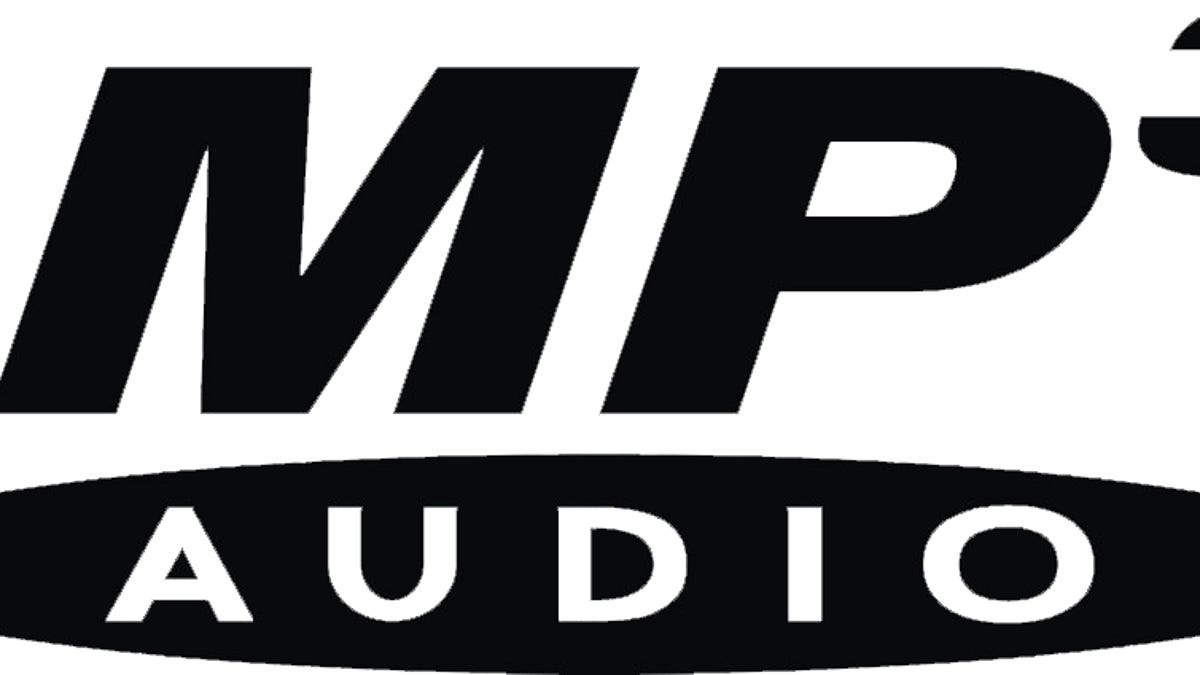How to rip high-quality MP3s in Windows without iTunes
With the free tools, EAC and LAME, you can produce MP3s of excellent sound quality.

iTunes is a convenient way to rip CDs into compressed audio files in Windows, but it certainly isn't the only way. LAME is an open-source encoder and is considered one of the best, if not the best, MP3 encoders available. It can be used with a free CD-ripping program called Exact Audio Copy (EAC) to create high-quality MP3s. Here's how:
Installation
Step 1: Download the Windows executable of LAME to a folder on your PC and unzip it.
Step 2: Download and install Exact Audio Copy. You'll need to have an audio CD in your optical drive in order for EAC to configure the drive for use. Accept all the defaults and when you're prompted, enter the location of the LAME encoder you unzipped in Step 1. You'll also want to enter your e-mail address so you can use the freedb CD database.
Step 3: Go to EAC > Compression Options (or F11) and click on the External Compression tab. Change the bit rate to your desired setting. I recommend 192kbps at a minimum, though anything above 320kbps is probably overkill and the resulting file size will be very large.
Rip/encode a CD
Step 1: After you've inserted an audio CD into your optical drive, look up your CD in the freedb database so you don't have to enter the album and track details manually. Go to Database > Get CD Information From > Remote Metadata Provider, or use the shortcut Alt-G. When prompted, add the album cover and lyrics.
Step 2: Click on the CMP icon on the left-hand side to begin copying the tracks to compressed (MP3) files, then select a destination folder.
Step 3: Wait for EAC to finish ripping your tracks to MP3, then enjoy your music.
That's it. Keep in mind that the tracks are encoded in VBR (variable bit rate), as opposed to CBR (constant bit rate). Most modern portable music players support VBR music files, but you might want to double check before copying them over.

